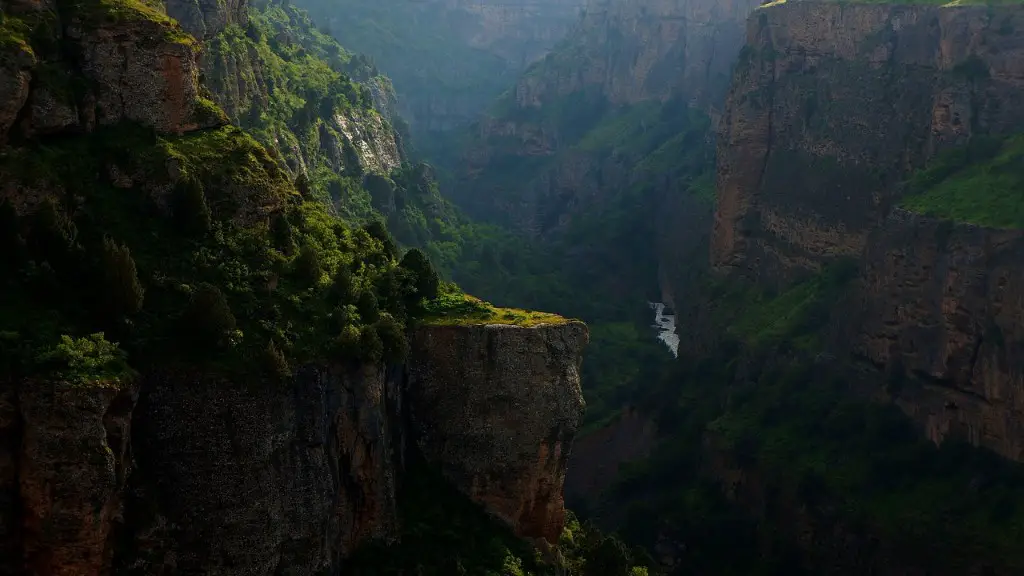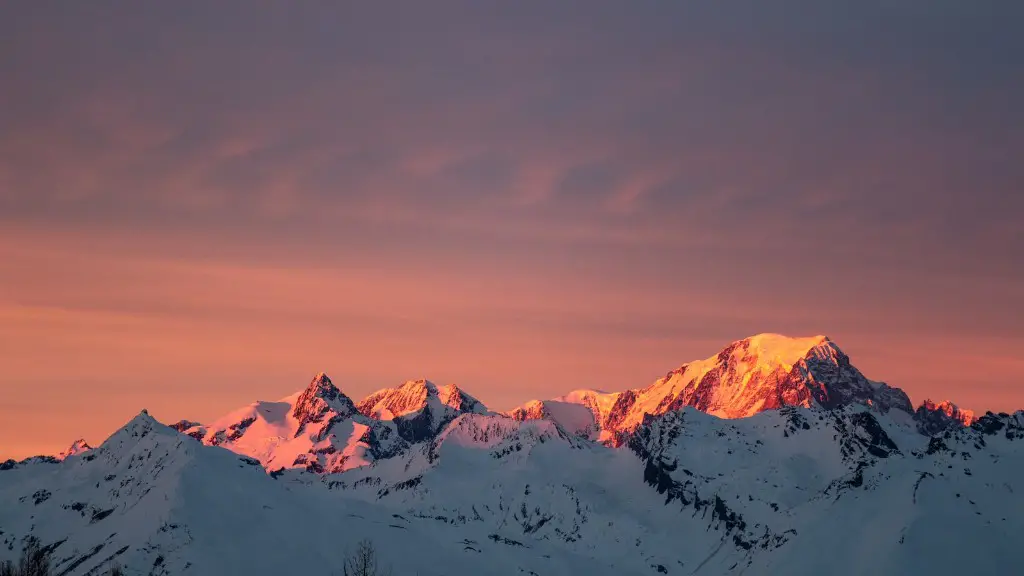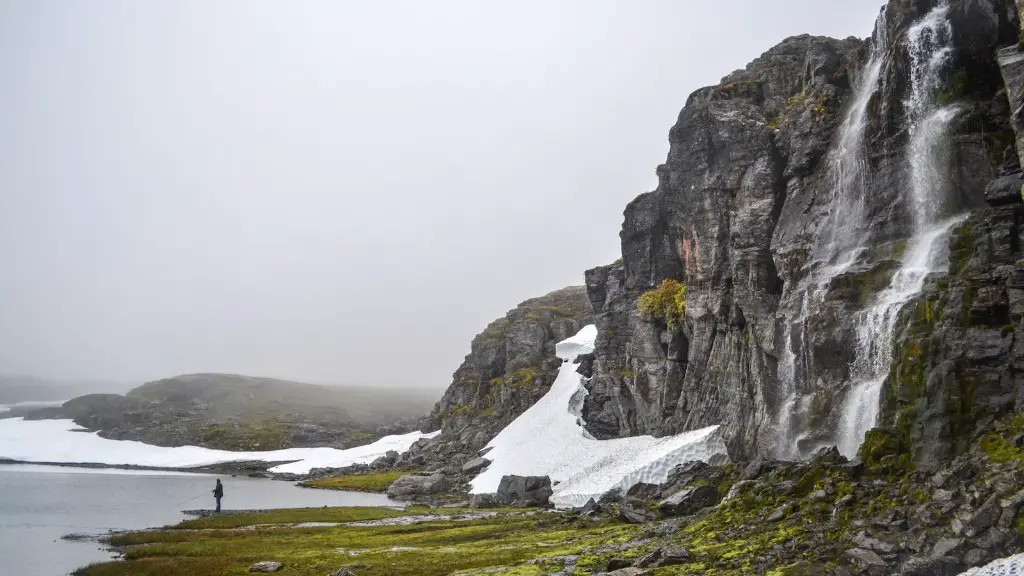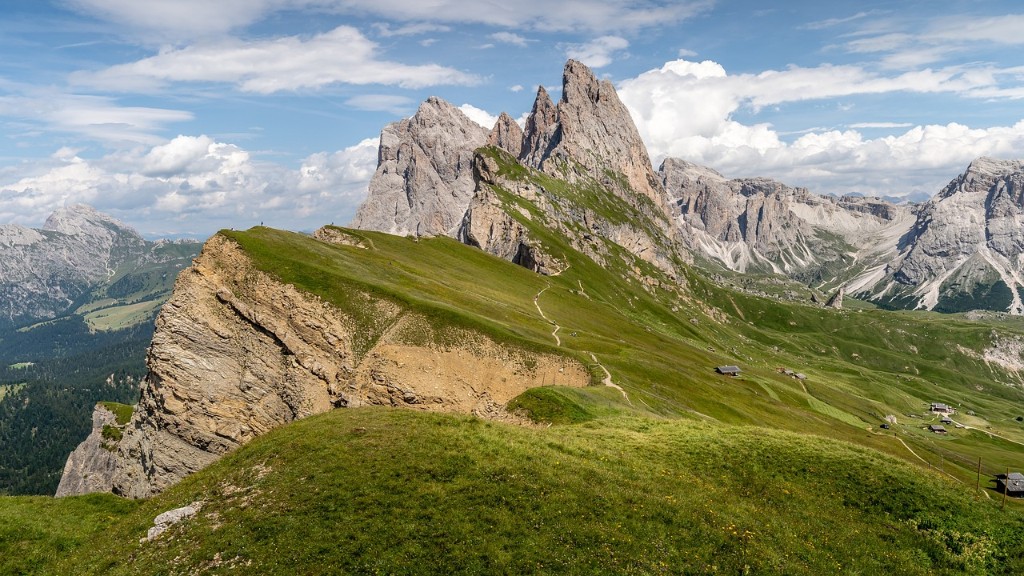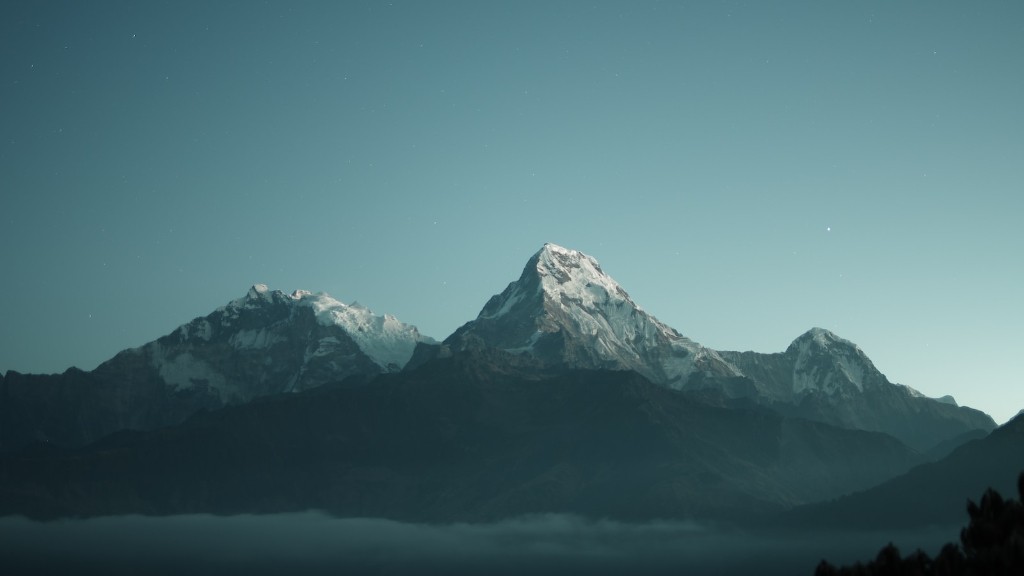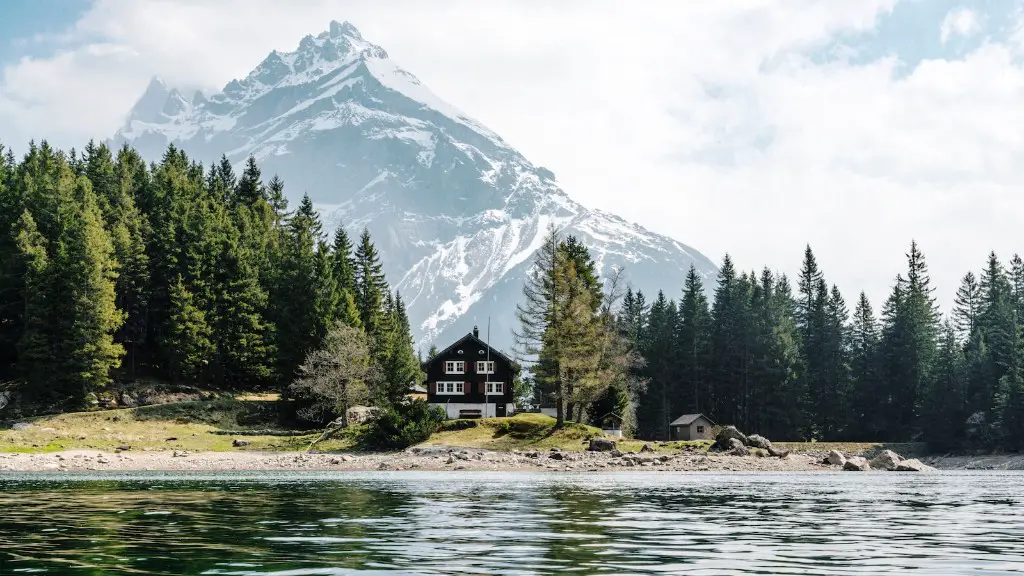Mount Everest, the world’s tallest mountain, rises to an elevation of 29,035 feet above sea level. The summit of Mount Everest is the point where Earth’s surface reaches the greatest distance from its center. It is also the point where Earth’s atmosphere is the thinnest.
Climbing Mount Everest is an extremely difficult and dangerous undertaking. Many have tried and failed to reach the summit. Even experienced mountaineers have died while attempting to climb Mount Everest.
There are a number of potential dangers when climbing Mount Everest. These include avalanches, falls, exposure to the cold and wind, and altitude sickness. Climbing Mount Everest is not a climb for the faint of heart.
Those who are successful in reaching the summit of Mount Everest often describe it as an incredibly rewarding experience. The sense of accomplishment and the views from the top are unlike anything else in the world.
There is no definitive answer to this question as it depends on a number of factors, including the climber’s level of experience, fitness, and the weather conditions on the day of the ascent. However, it is generally considered to be a very challenging climb.
Can a normal person climb Mount Everest?
If you want to successfully summit Everest, you must be in excellent physical condition. Most people spend at least a year training to climb the mountain. You should also have experience climbing at high altitudes and be comfortable with AD-rated climbs.
If you’re considering trekking to Everest Base Camp, there are a few things you should know. First, while reaching the summit of Mount Everest is a serious feat of physical accomplishment, beginners can trek to Everest Base Camp with relative ease. Of course, that doesn’t mean it’s an easy trek – but it is doable for those who are reasonably fit and have some experience with hiking and camping. Second, you’ll need to be prepared for some cold weather – the temperature at Everest Base Camp can drop below freezing, even in the summer months. Finally, be sure to give yourself plenty of time to acclimatize to the altitude before attempting to summit Mount Everest. With proper preparation, trekking to Everest Base Camp can be an unforgettable experience.
Can I climb Mount Everest with no experience
If you’re looking to climb Mount Everest, you need more than just experience with high-altitude climbs. You need to be able to manage yourself well and have good footwork. You also need to know when it might be time to turn back.
Climbers heading to Mount Everest should expect to spend a significant amount of money on gear and supplies. This includes food, fuel, and a local cook for a six-week trip. The total cost can easily exceed $30,000. Therefore, it is important to be prepared financially before embarking on an Everest expedition.
How cold is it at the top of Everest?
The weather and climate on Mount Everest is one of the most extreme in the world. Temperatures at the summit are never above freezing and during January, they can drop as low as -60° C (-76° F). Despite the low temperatures, the biggest issue faced by climbers is hurricane force winds and wind chill.
The Khumbu Icefall is the most dangerous part of an Everest expedition, even with the extensive systems of ropes and ladders installed each climbing season by the ice doctors. This is because the icefall is constantly shifting and collapsing, making it very difficult to navigate. Climbers have to be very careful to avoid falling into crevasses or getting hit by falling ice.
Can Mount Everest be climbed in one day?
Lhakpa Sherpa said that the trek from Camp Four to the summit is by far the most difficult day of the journey. This is because the climbers are attempting to make it to the summit and back to Camp Four in a single day, spending as little time as possible in the death zone. The death zone is the name given to the area above 26,000 feet, where the air is so thin that it is impossible for humans to survive for more than a few hours.
The world’s tallest peak is Mount Everest, and there are only two routes to scale it. One route is from the Everest North side in Tibet, and the other is from the Everest South side in Nepal. Chinese authorities impose an age limit of 18-60 for climbers in Tibet, while in Nepal, climbers must be a minimum of 16 years old but there is no upper age limit. This makes Nepal a more popular choice for older climbers looking to scale Everest.
How much weight do you carry on Everest
Assuming you are asking for tips on how to reduce the time it takes to acclimatize to high altitudes:
-Spend as much time as possible acclimatizing before attempting to summit. This gives your body time to adjust to the lack of oxygen.
-Ascend to higher altitudes gradually. Do not try to go from sea level to the summit in one attempt.
-Monitor your body for signs of altitude sickness. If you feel unwell, descend to a lower altitude immediately.
-Stay hydrated and eat a healthy diet.
-Avoid smoking and drinking alcohol.
The “death zone” is a term used to describe the altitude range above 8,000 metres (26,000 feet) where the oxygen levels are too low to sustain human life for an extended period. All of the summits of the world’s 14 tallest mountains are found within this altitude range. This is a very hostile environment for humans, and even experienced mountaineers are at risk of suffering from altitude sickness, hypothermia, and other health problems.
What do Sherpas eat?
Sherpa stew, “shyakpa,” is a meat and potato based stew with some vegetables mixed in. Rice with lentils, “daal bhaat,” is also a common meal for the Sherpas. Potatoes, which grow at altitudes up to 14,000 feet, provide the Sherpas with their dietary staple.
George Mallory’s body was found in 1999, 75 years after he disappeared during his 1924 attempt to become the first person to climb Everest. The discovery was made during an unusually warm spring, which melting the ice and snow on the mountain and revealing Mallory’s body. It’s unclear whether Mallory reached the summit before he died, but his body provide new insights into the attempt.
How much do Sherpas get paid
The average salary for a Sherpa is $77,410 per year, or $37.22 per hour. The lowest earners make $42,000 per year, while the top 10 percent make over $139,000 per year. Salaries vary by department, with the highest salaries typically in engineering and the lowest in customer service.
Jordan Romero is an American mountain climber who was 13 years old when he reached the summit of Mount Everest. He is the youngest person to ever climb the mountain. Jordan is an inspiration to people of all ages, and he continues to climb mountains all over the world.
Can you climb Everest without a Sherpa?
It is impossible to attempt to climb without the assistance of a Sherpa from the Nepal side. To cross the Khumbu icefall you will be required to pay the icefall doctor’s fee. Icefall doctors are Sherpas who mend the ropes and ladders and arrange the pathway across the icefall every year.
Avalanches, falls, and mountain sickness are the top three causes of death on Everest. Avalanches are the most deadly, followed by falls and then mountain sickness. Mountain sickness can be caused by a number of factors, including exhaustion, dehydration, and lack of oxygen. It is important to be aware of the risks before attempting to climb Everest.
What’s the warmest it gets on Mount Everest
The warmest months on the summit of Mt. Everest are typically July and August, when temperatures can average around -2°F to 0°F (-16°C to -18°C) during the night, and a few degrees above this during the day. However, on still and sunny days, the warmest temperature that has ever been recorded on the summit is in the 10-15°F (-10°C to -12°C) range.
Everest is the world’s tallest mountain, and it is covered in snow year-round. However, during the summer season, the snow starts to melt and disappear. This is because there is not enough thickness of snow to protect the surface ice from the sun’s heat. As the ice is exposed, it starts to melt much faster than it would if it had snow cover.
Conclusion
The answer to this question is difficult to determine because it depends on a number of factors, including a person’s level of fitness, experience and acclimatisation. Also, the conditions on the mountain can change rapidly and unexpectedly, making the ascent even more challenging.
It is difficult to climb Mount Everest because it is the highest mountain in the world. It is also difficult because it is very cold and there is a lot of snow.
